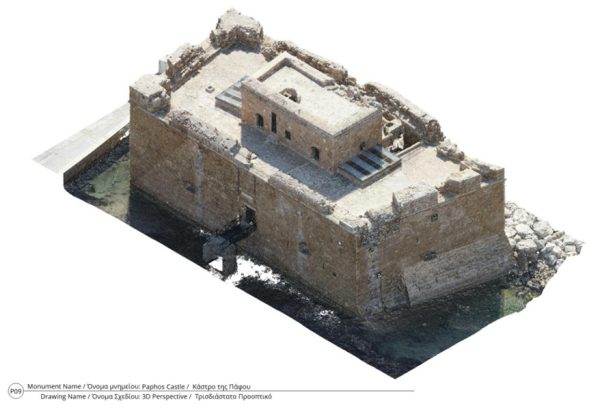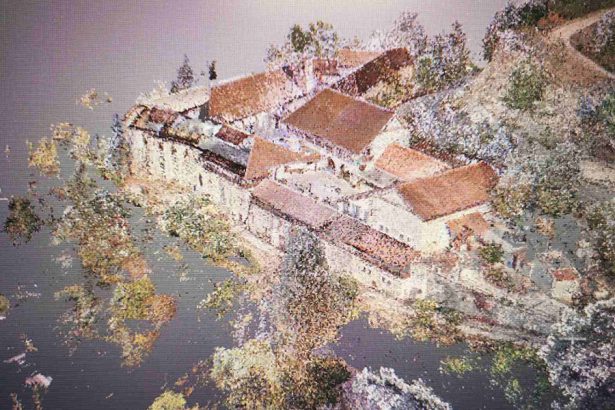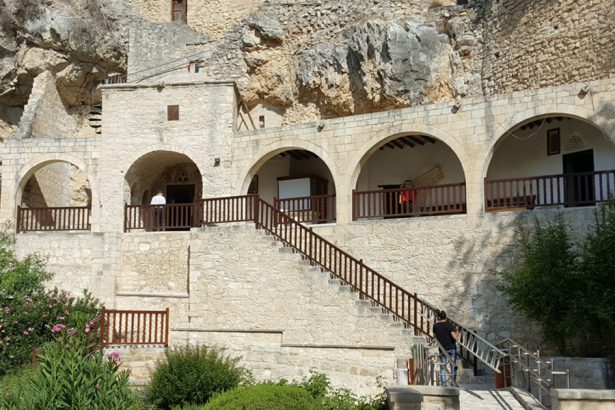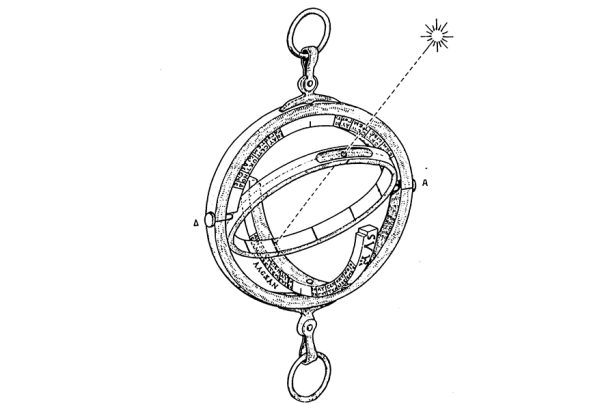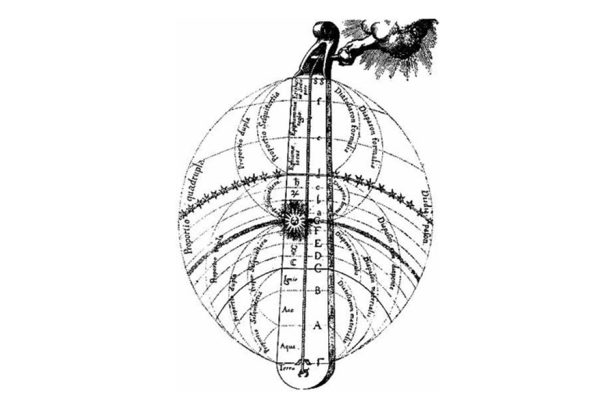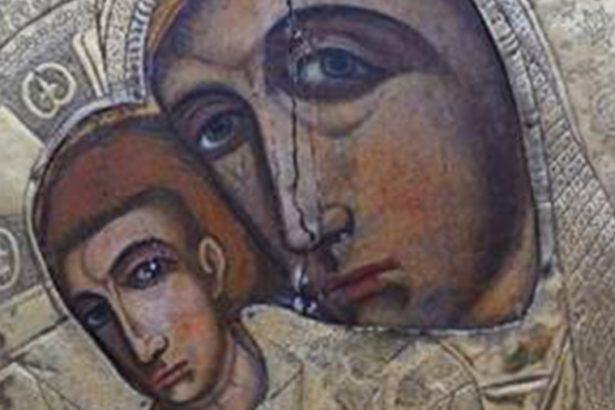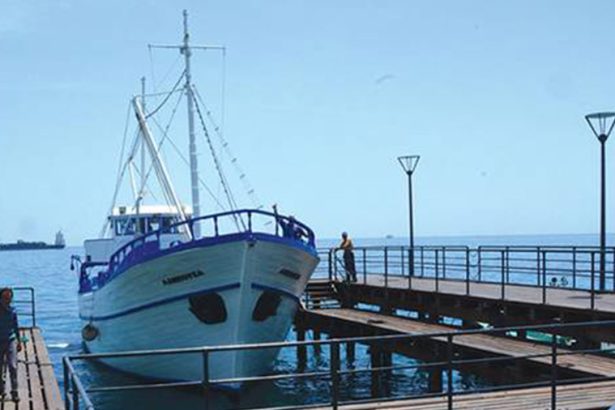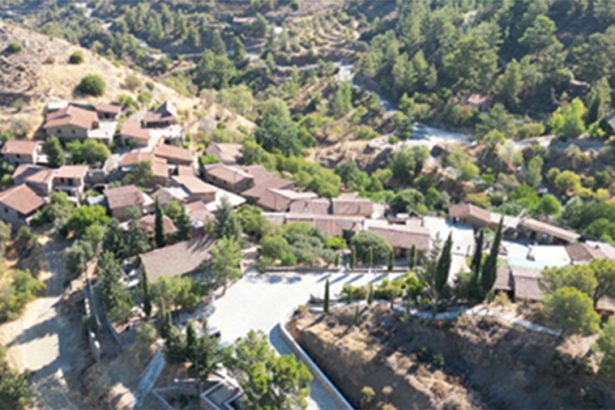Our Cultural Heritage (CH) is a fragile and non-renewable resource which has experienced serious deterioration over the years, through wars and continues to suffer from environmental factors, such as climate change, urbanisation, global tourism and from looting, forgery and trafficking of stolen artworks. By digitizing collections, we protect the memory of our CH no matter what natural disaster, theft, or loss happens and allows information to be accessible to all.
The H2020 ERA Chair Mnemosyne project has chosen several representative historical sites and artefacts to study and digitize, from various timelines, such as Classical 8th-4th c. B.C; Hellenistic Period 4th-1st c. B.C; Roman Period 1st – 4th c. A.D.; Byzantine Period/ Middle Ages 4th- 15th c. A.D; Renaissance 15th – 17th c. A.D and Ottoman, Modern and Contemporary period 17th – 20th c. A.D.
A total of 17 case studies were selected based on their complexity and uniqueness. The selection criteria for the case studies took many parameters into consideration. Some of those considerations were their use and the materials that they were made of, if they were tangible or intangible and mobile or immobile, as this affects the process of digitization and documentation. They have different sizes ranging from the scale of millimeters to tens of meters, such as instruments, wooden panel icons, paper documents, liturgical vessels from precious metals, gold and silver coins, castles, to UNESCO protected monuments, one of the biggest and most complex monuments under threads of global climate change and Human interventions and even an entire village, placed on the Tentative List of the UNESCO World Heritage.


